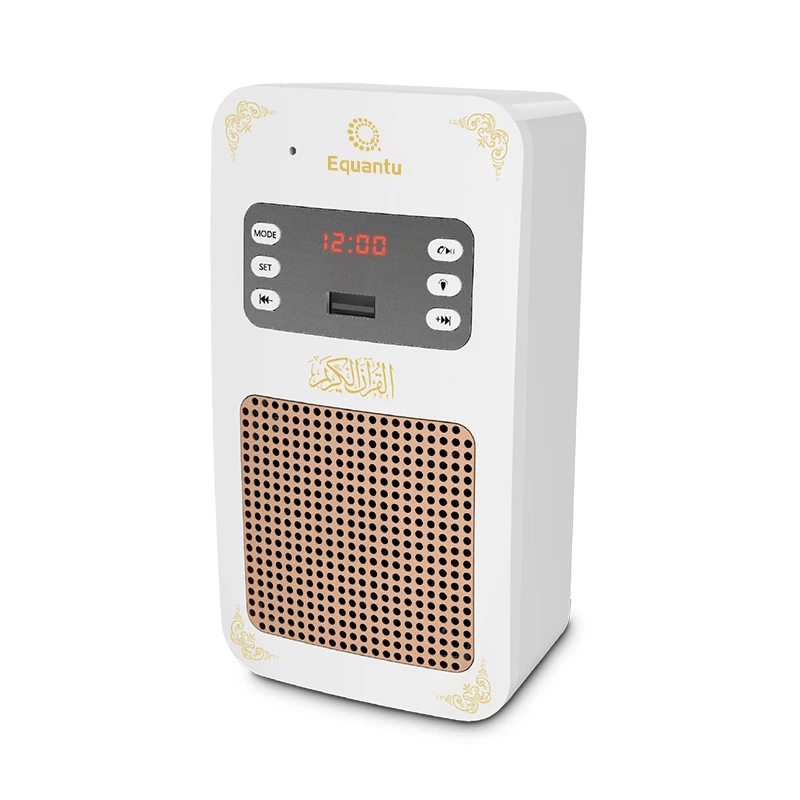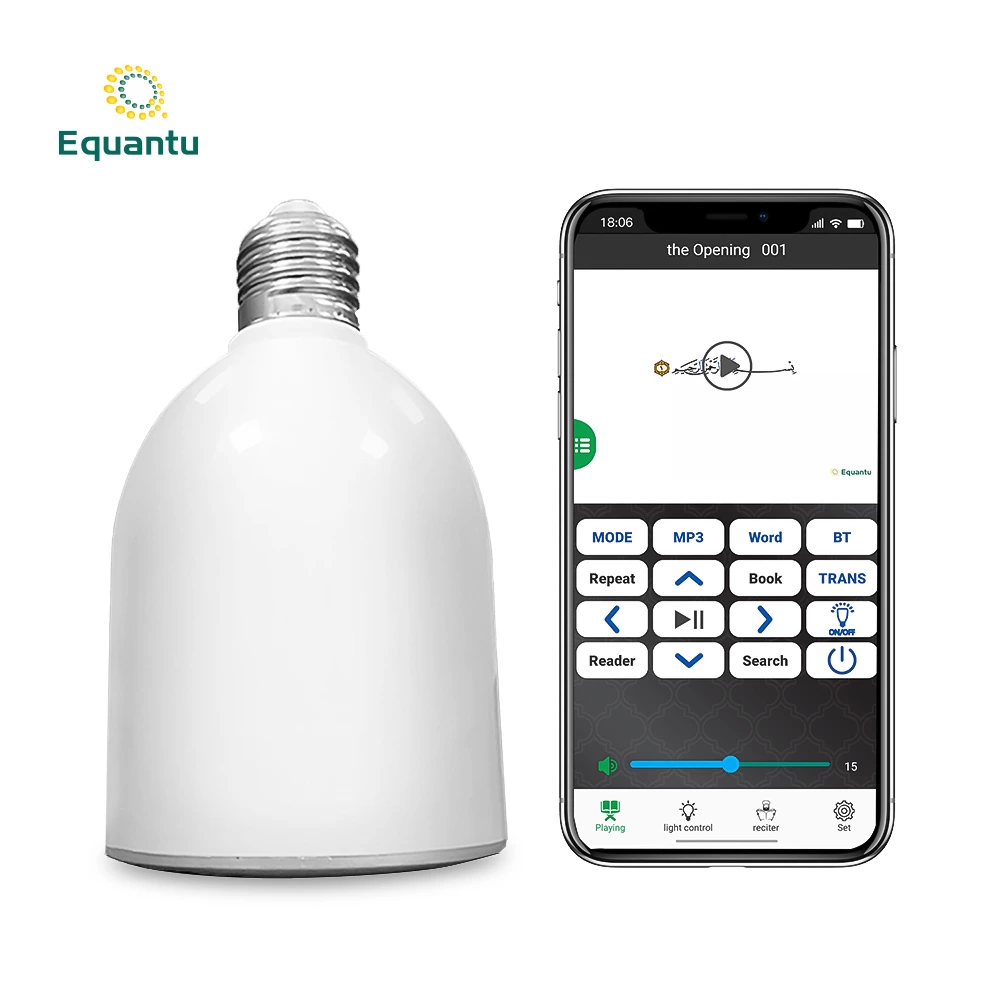Understanding Ramadan
Significance of Ramadan
- The month in which the Quran was first revealed to Prophet Muhammad (peace be upon him).
- A time for spiritual purification, increased charity, and strengthening community bonds.
Duration of Ramadan
- Lasts for 29 or 30 days, depending on the lunar calendar.
- Dates vary each year on the Gregorian calendar, moving approximately 11 days earlier annually.
Ramadan Fasting Schedule
Fasting Hours
- From dawn (beginning of Fajr prayer time) to sunset (Maghrib prayer time).
- Fasting duration varies depending on geographical location and season.
Key Times in the Fasting Day
- Suhoor: Pre-dawn meal before fasting begins.
- Imsak: The time to stop eating and start fasting, typically 10-15 minutes before Fajr.
- Iftar: The meal to break the fast at sunset.
Calculating Fasting Times
- Based on sun's position, varying with location and time of year.
- Many mosques and Islamic centers provide local Ramadan timetables.
- Smartphone apps and websites offer location-specific fasting schedules.
Ramadan Prayer Schedule
Regular Daily Prayers
- Fajr: Dawn prayer
- Dhuhr: Noon prayer
- Asr: Afternoon prayer
- Maghrib: Sunset prayer
- Isha: Night prayer
Special Ramadan Prayers
- Taraweeh: Additional nightly prayers performed after Isha.
- Usually 8 or 20 Rak'ahs (units of prayer).
- Often includes recitation of the entire Quran over the month.
Timing of Prayers During Ramadan
- Fajr: Marks the beginning of the fast.
- Maghrib: Signals the time to break the fast.
- Isha & Taraweeh: Often combined in the late evening.
Adjusting Prayer and Fasting Schedules
Geographical Considerations
- High Latitude Regions: Areas near the poles may have extremely long days or nights.
- Scholars provide alternative methods for determining prayer and fasting times.
- Options include following the schedule of the nearest city with distinguishable night and day or following Mecca's timings.
Seasonal Variations
- Fasting duration changes with seasons.
- Summer: Longer fasting hours in Northern Hemisphere.
- Winter: Shorter fasting hours in Northern Hemisphere.
Special Nights in Ramadan
Laylat al-Qadr (Night of Power)
- Believed to fall on one of the odd-numbered nights in the last ten days of Ramadan.
- Many Muslims increase worship and prayer during these nights.
Creating a Daily Ramadan Schedule
Sample Daily Routine
- Pre-dawn: Wake for Suhoor meal and Fajr prayer.
- Daytime: Regular daily activities while fasting.
- Sunset: Break fast at Iftar, perform Maghrib prayer.
- Evening: Isha prayer followed by Taraweeh.
- Late Night: Additional voluntary prayers and Quran recitation.
Tips for Managing Prayer and Fasting
- Adjust sleep schedule to accommodate pre-dawn and late-night prayers.
- Plan work and social commitments around prayer and fasting times.
- Use technology (apps, alarms) to keep track of prayer times.
Health and Wellness During Ramadan
Nutrition During Non-Fasting Hours
- Balanced meals at Suhoor and Iftar.
- Stay hydrated during non-fasting hours.
Managing Energy Levels
- Pace activities to conserve energy during fasting hours.
- Short rests or naps if needed, especially in long summer days.
Community Aspects of Ramadan
Congregational Prayers
- Many Muslims prefer to pray Taraweeh in congregation at mosques.
- Community Iftars foster social bonds.
Accommodations in Non-Muslim Countries
- Some workplaces and schools offer prayer spaces or flexible schedules.
- Importance of communication with employers/schools about Ramadan observances.
Technology and Ramadan
Useful Apps and Tools
- Prayer time and fasting schedule apps.
- Quran recitation and reflection apps.
- Virtual community platforms for those unable to attend mosques.
Conclusion
Observing Ramadan's prayer times and fasting schedule requires careful planning and dedication. It's a time when Muslims restructure their daily routines to prioritize spiritual growth and community engagement. By understanding and following the prescribed times for prayer and fasting, Muslims aim to deepen their faith and draw closer to Allah.
For non-Muslims, understanding these practices can foster greater cultural awareness and respect. As Ramadan moves through different seasons over the years, the adaptability and commitment of Muslims in maintaining these practices showcase the dynamic nature of Islamic faith in modern times.
Whether you're a Muslim seeking to optimize your Ramadan routine or someone interested in learning about Islamic practices, this guide provides a comprehensive overview of how prayer and fasting shape the holy month of Ramadan. Remember, while the timings and practices are important, the true essence of Ramadan lies in the spiritual reflection and personal growth it encourages.







